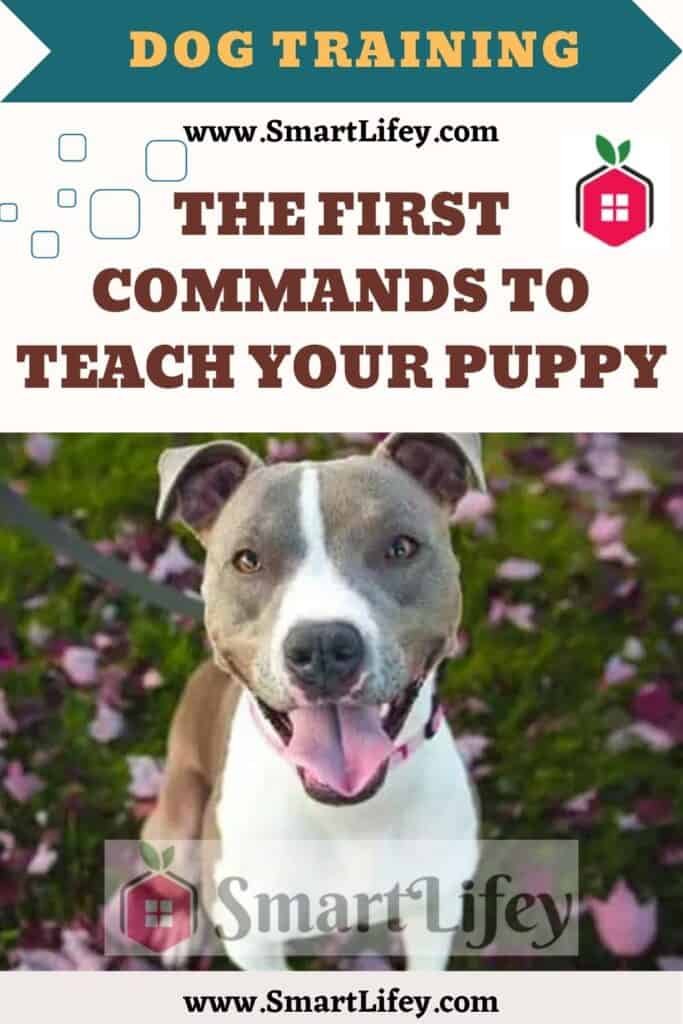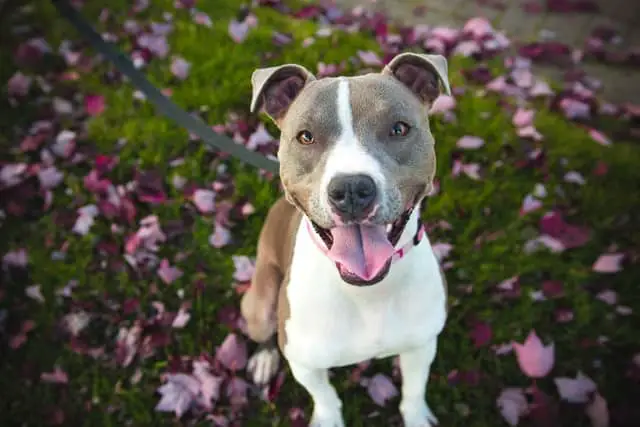
Here are some tips for teaching your puppy first orders and making sure it is well educated.
Education is often distinguished from dressage. In reality the border between the two is thin: education often refers to the learning necessary for daily living in our environment (sitting, walking, recall, cleanliness, etc …), and training refers to learning which are not useful in the life of the dog (what we learn in a club for example, or during games). Basically, the technique remains the same for both: the dog has to learn something .
Start education early
Let us immediately recall a fundamental concept: the puppy is not “too small to understand”, on the contrary! If we make this conception its own and allow them to nibble on whatever comes its way, to jump on the armchairs, to pull on its leash, when we then try to give them orders, it will not will not understand why it was allowed before and not now, and will therefore continue to do everything it has learned before.
Training the dog would be no easy task after such a bad start… you have to be clear and consistent from the start! The attitude to adopt is therefore exactly the opposite: make the puppy understand immediately what is allowed and what is not .
Consistency is an essential quality for the balance in the human-dog relationship : what is forbidden one day will have to remain so, and vice versa.
Learn the “no!” “
One of the first commands a puppy should know is ” no!” “. It should be used to stop an unwanted action at this precise time. This order must be given in a very precise way, to be coherent: the posture and the tone of the voice must express the same thing as the order : body upright, even slightly leaning forward, with an authoritative voice and clear. You should not say “no” with a honeyed and sweet voice.
You know the order is understood by the dog by its reaction. As soon as the unwanted behaviour stops, and your dog takes a withdrawal attitude (head tilted, ears down, etc …), you can stop the vocal reprimand, instantly. It is especially not advisable to prolong a reprimand when the dog sends you the signs of appeasement (we often speak wrongly of submission). Continuing to scold them when it is no longer expressing the unwanted behaviour will cause misunderstanding and anxiety in the dog .
This order acts in a disagreeable way on the dog to stop a behavior, since you show them your disagreement. But in positive education, it is usable, on condition that the dog is immediately offered a positive interaction : after saying “no” and stopping your dog, direct them to an order that you can immediately reward.
How to welcome and celebrate your master
Another important learning is the management of emotionality and frustration. For the puppy, this is often expressed in the way of welcoming its master. Exuberant parties, especially with a large dog, can quickly become difficult to manage! By jumping on him, the puppy tries to attract the attention of its master; it suffices therefore to lean towards him while putting one knee on the ground to allow them to express all its affection.
If the dog jumps on us when we don’t expect it, it is enough to lift a knee (if the dog is large) or a foot (if the puppy is very small) to place an obstacle between them and us. You can also turn your back on it; of course, it is important not to hit them, but just forbid them the physical contact it is looking for at that moment. Immediately after, we will bend down to caress them and make them understand that we are very happy to see them.
In addition, it is very important to teach the dog to be alone , and to provide them with the activity and attention he needs, because an exuberant party can also be a sign of discomfort , at the level of basic needs.
Other useful restrictions
When playing with the puppy, you can let it “exaggerate” a bit, but within certain limits. Allowing the puppy to bite or scratch “because it is small” is absurd: it is perfectly able to understand that it is not necessary to go beyond a certain stage. If it hurts, you have to say “no!” »Sharply and immediately interrupt the game.
This type of “punishment” can also be used in positive education, because we do not add a reprimand, we just remove the reward (here the game). It is therefore not a coercive punishment. The puppy will seek to extend the play longer by controlling his excitement and strength.
Beware of stairs : puppies, especially very large puppies, should not climb or descend them before their skeletal development can support their weight. Conclusion: until the age of 4 to 5 months, the puppy must take the stairs in the arms of its master. It is not necessarily very easy to carry a “little giant” like this Saint Bernard puppy . If the house has stairs and you do not feel able to do so, you may have to review your choice of breed …
Learn to “sit”
Very often, this is the first order given to the dog to start education or training. It is indeed one of the easiest orders to teach a dog. There are many techniques to achieve this, especially in positive education.
One of the simplest techniques is to bring the reward closer to the dog’s head, slightly above it, which usually causes a small recoil that makes him sit down. It is then sufficient to give the order to sit, and to reward, as soon as the dog is in the right position.
This order will be useful for other learning (such as “not moving” or walking on a leash). It also makes it possible to offer training sequences to the dog, so we can deflect it when it expresses undesirable behavior. Taking the example of the exuberant party, all you have to do is make the dog sit down (then reward) at each party to gradually condition him to sit down to welcome you.
Learn cleanliness
It is very often a delicate learning, because our society has criteria of cleanliness far from the considerations of a small animal like the dog. For a dog, cleanliness consists in not being done on it (and again), it is therefore necessary to teach them that there are prohibited areas, in particular the home.
The puppy is quite capable of quickly mastering its sphincters. So do not wait to teach them: a puppy can be clean around 3-4 months without worries. There are also several techniques in positive education, the simplest being the use of the reward after letting the dog run outside (the best times for a puppy are waking up and after meals).
Useful material for good learning

Educating your dog is one of the keys to a good relationship between you and your doggie! This learning allows the dog to live at best in his environment. Alongside education, there is also dressage, which is not compulsory. But, in both cases, the ideal is to do it very early in the dog’s life and to equip yourself with the necessary accessories for a very gentle education.
